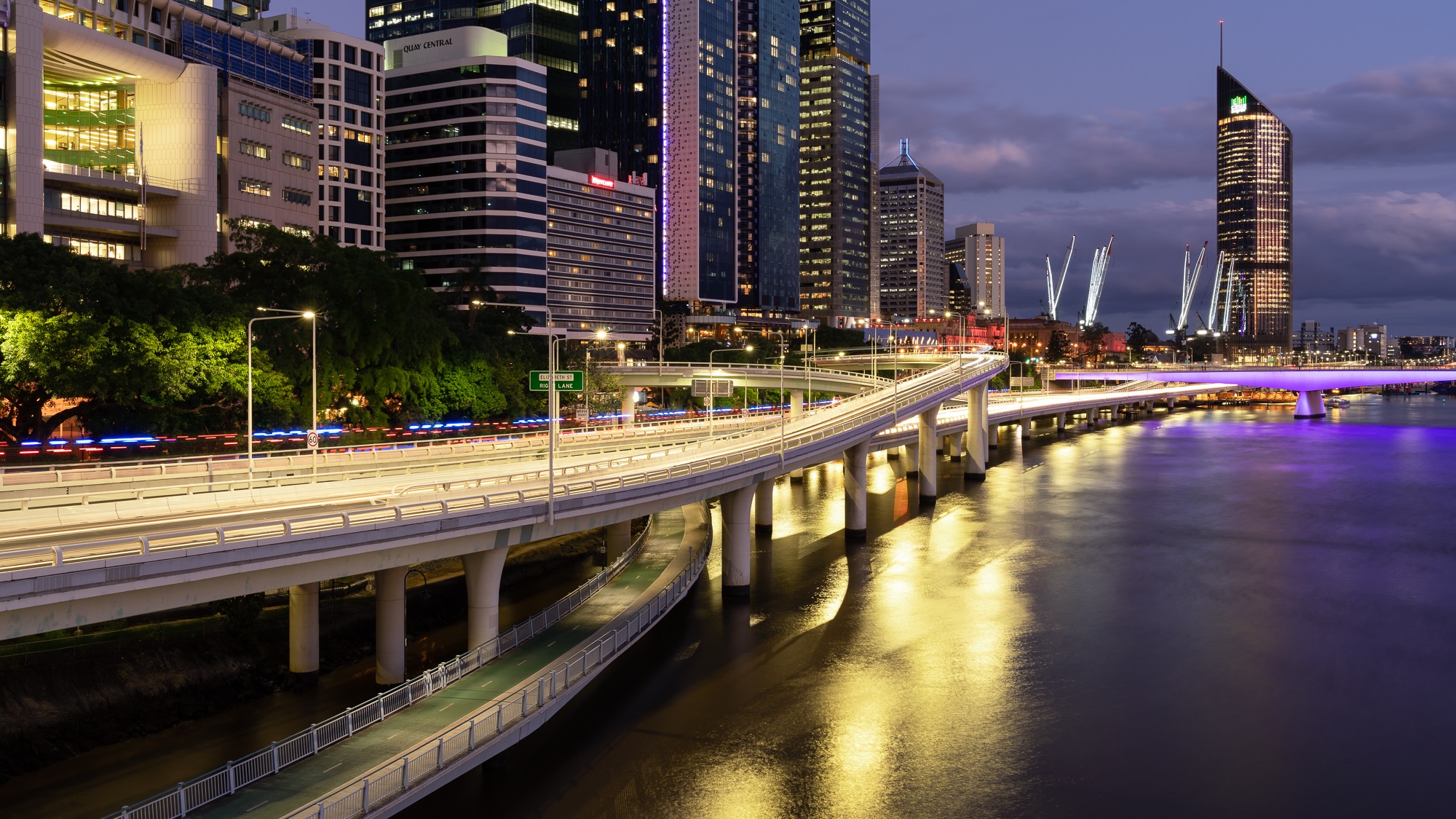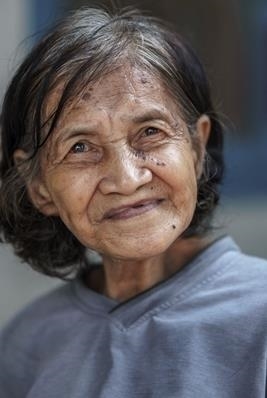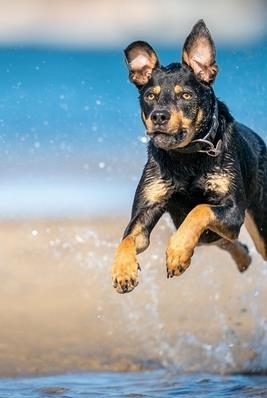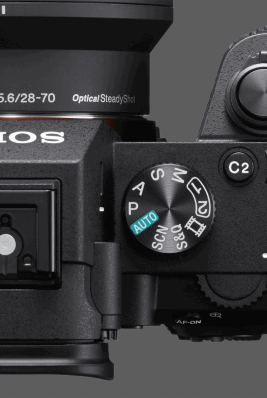Just like most other forms of photography, light, or the quality of light is the most important factor. For this reason, I like to wait for the blue hour; the period shortly after sunset or before sunrise. During this time the sky often changes to a vibrant blue colour before it gets too dark, or what we refer to as night. Unfortunately, the blue hour doesn't last long and takes place at slightly different times each day, making planning, perseverance and patience equally important.
Recommended camera gear
-
Camera body and lens
-
Tripod
-
Filters (optional)
-
Remote trigger (optional) use 2-sec timer instead
You’ve got the gear, whats next?
-
Planning is paramount, utilise an app such as GoldenHour. This will show you when golden-hour, sunrise, sunset and blue hour occur each day.
-
Arrive at your location ahead of time to scout the area for the best possible composition; I often use my phone to quickly move around the scene, change perspectives from low to high and even capture a few test shots for easy review. Once you have decided on your composition, with perhaps some foreground detail, leading lines or some other interesting detail, you are ready to set up your camera gear.
-
Don't forget to take into account the aspect ratio your camera is capturing in, most likely 3:2. For printing and particularly framing, this is not a common size and you may have to crop to accommodate. Likewise for social media platforms such as Instagram which look visually appealing at either 8x10 or 1x1. If you capture too tight, you may lose an important part of your image.

-
Ensure your tripod is set up on a stable platform, timber boardwalks etc are susceptible to movement when people walk by, resulting in an un-sharp image. To further minimize any camera shake, use either your cameras inbuilt 2-10 sec timer or attach an external remote shutter release.
-
In addition, ensure any lens or in-body image stabilisation is turned off, as this can have the opposite effect and actually introduce motion blur when using a tripod.
-
Attach your camera to your tripod ensuring the camera strap is not flapping in the wind, this may also cause an un-sharp image. With cityscapes, in particular, it is important to level your camera both left and right and up and down, either using the level on the tripod or if available the electronic level in-camera. If your camera is pointed too far up, city buildings will start leaning inwards and if aimed too far down they will lean outwards.
-
I prefer to capture cityscapes in A or AV mode (Aperture Priority) where I set the aperture (f/number or depth of field) typically between f/8 & f/16 and the camera automatically sets the shutter speed to achieve the correct exposure. As the night sky gets darker the shutter speed will get longer and longer.
-
For manual shooters, the process is much the same, set your ISO at 100, aperture between f/8 and f/16 and using your exposure meter or histogram to set the shutter speed and achieve the correct exposure. As the sky gets darker and the city lights brighter, you manually adjust the shutter speed to maintain the correct exposure.
-
Since a tripod is being used and during blue hour there is usually still quite a bit of light, we can set the ISO to the lowest available value, usually 100 or 200 depending on your particular camera. I sometimes like to reduce the ISO to 50 if not using ND filters, this will allow you to achieve slightly longer shutter speeds to smooth out the water or clouds earlier in the night.
-
I achieve the best exposure by exposing for the highlights, the bright city lights. You can do this easily by using your live view display or EVF and moving the focus area box over the brightest part of the frame. For advanced users, you can use the histogram to check for any spikes on the right-hand side. I may also use exposure compensation to adjust the exposure up or down slightly.
-
Lately, I’ve also been experimenting with the Sony Alpha “highlight metering” mode in combination with 1 or 2 stops of + exposure compensation.

| Alpha 7R III - Full-Frame E-Mount FE 24-70 GM | f/16 | 30.0 Sec | ISO 50 |
In Addition:
-
For mirrorless cameras be careful using the LCD or EVF to gauge exposure. If your brightness settings are set too high, you'll find your images are much darker when you go to edit them on your computer. I like to set both the LCD and EVF brightness on my Sony Alpha cameras to manual and -1. As an alternative, use the histogram to check for correct exposure.
-
For focusing, I like to keep things simple and don't worry about the often talked about hyperfocal distance or focusing 1/3 of the way into the frame. I simply change to manual focus and using the LCD or EVF (mirrorless cameras) zoom in using the + button on the back of the camera to a city building near the back of the frame that has a well lit sign, then I slowly turn the manual focus ring to achieve focus. This is basically going to focus at infinity. As long as you don't adjust the focal length (zooming in and out) the correct focus will be maintained.
Note - If you have foreground detail which is important to be 100% sharp, you may have to think about more advanced techniques such as focus stacking. -
With all of the above set, it's now just a matter of capturing a frame with the perfect light, something that doesn't always happen, but remember there is always another day.










